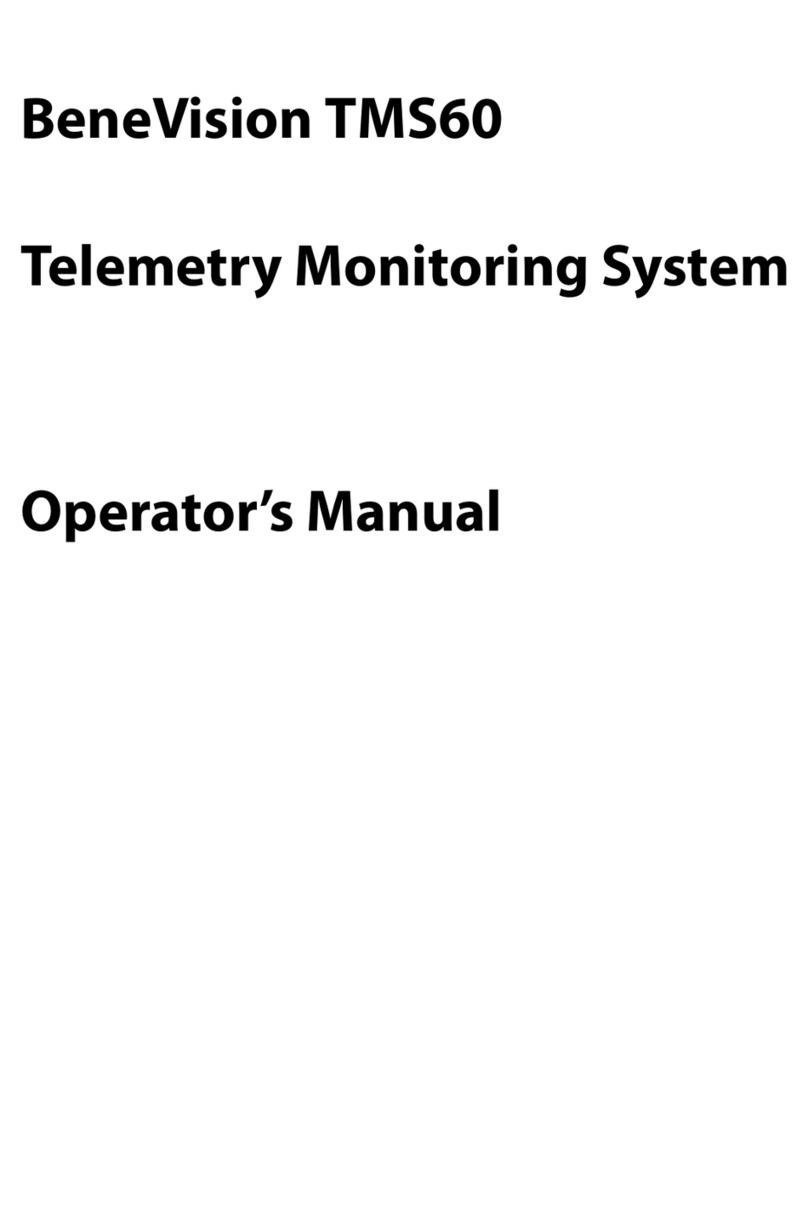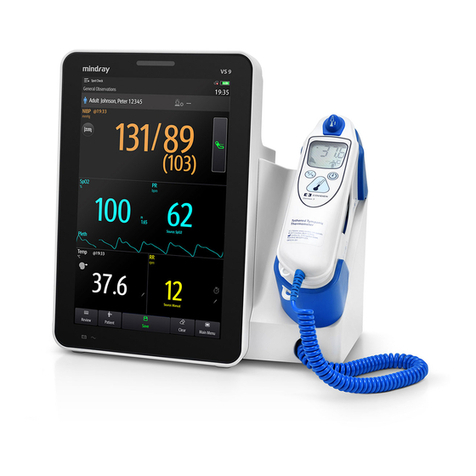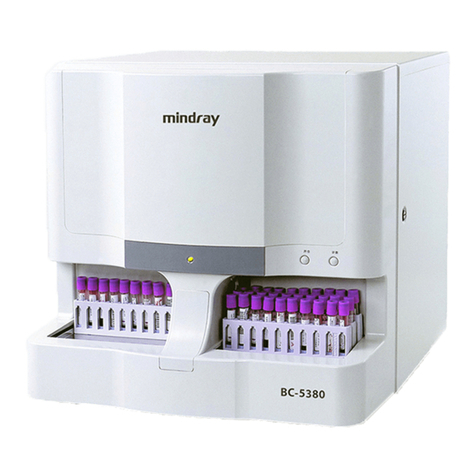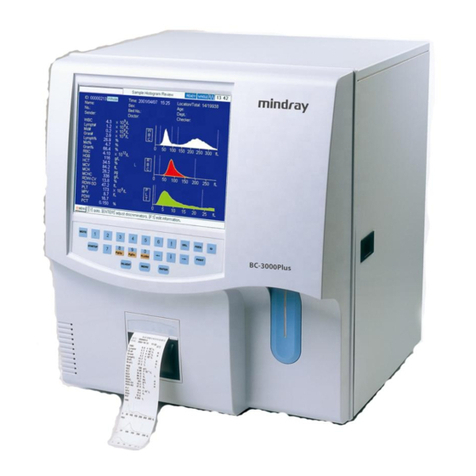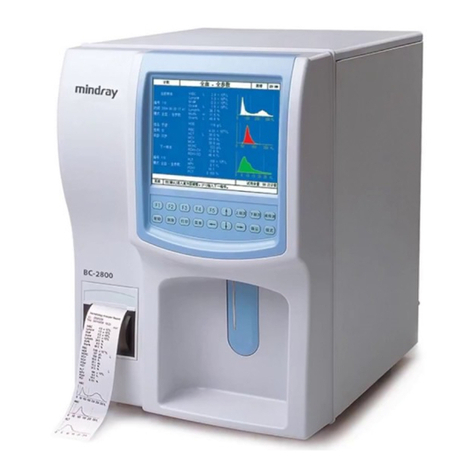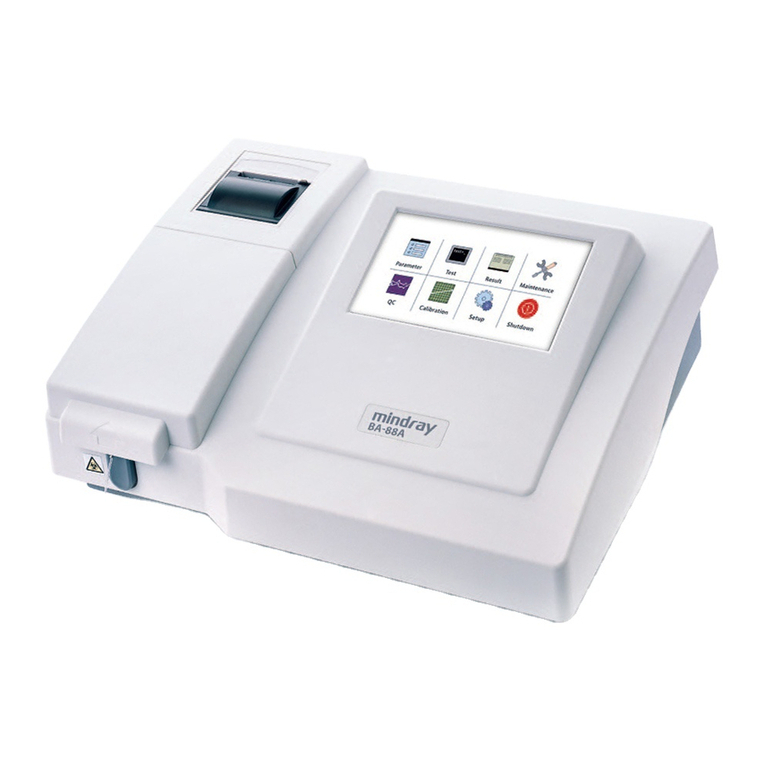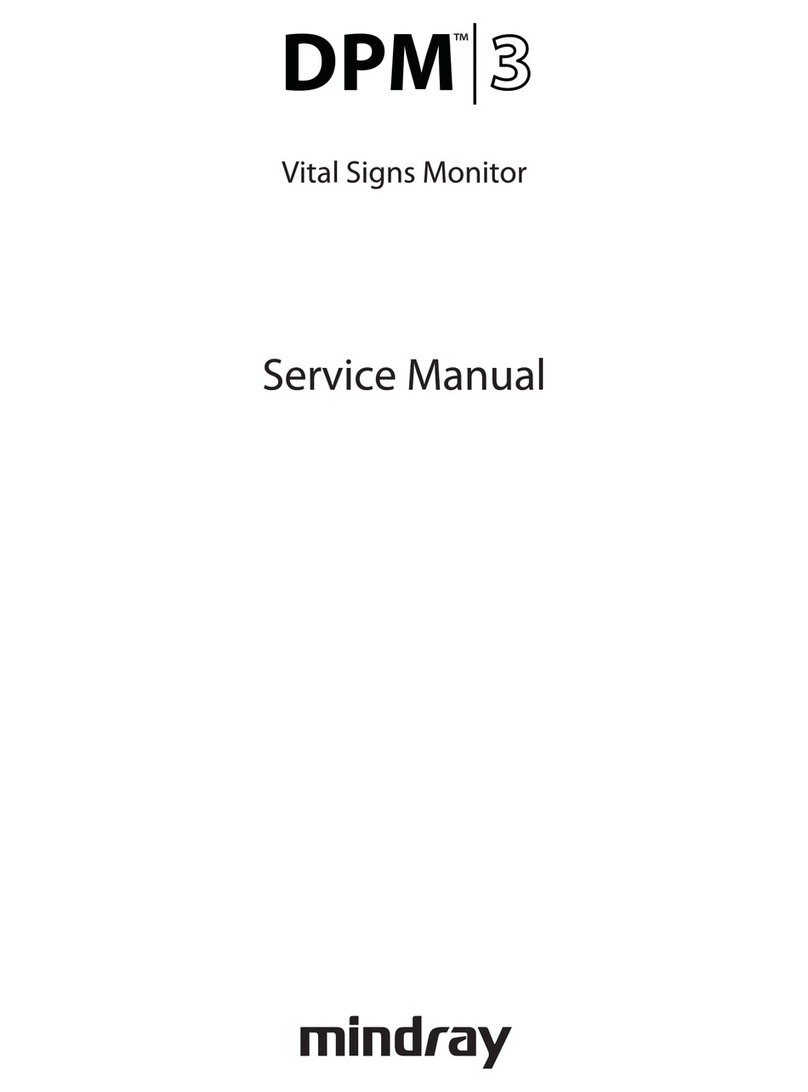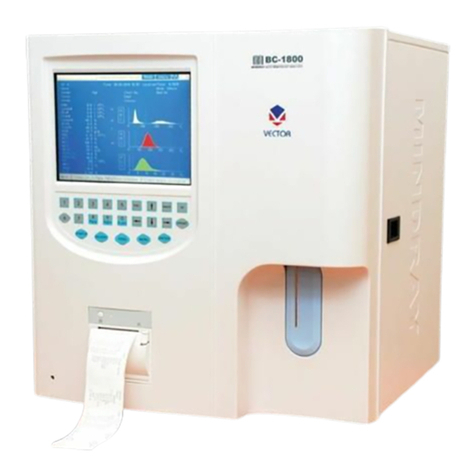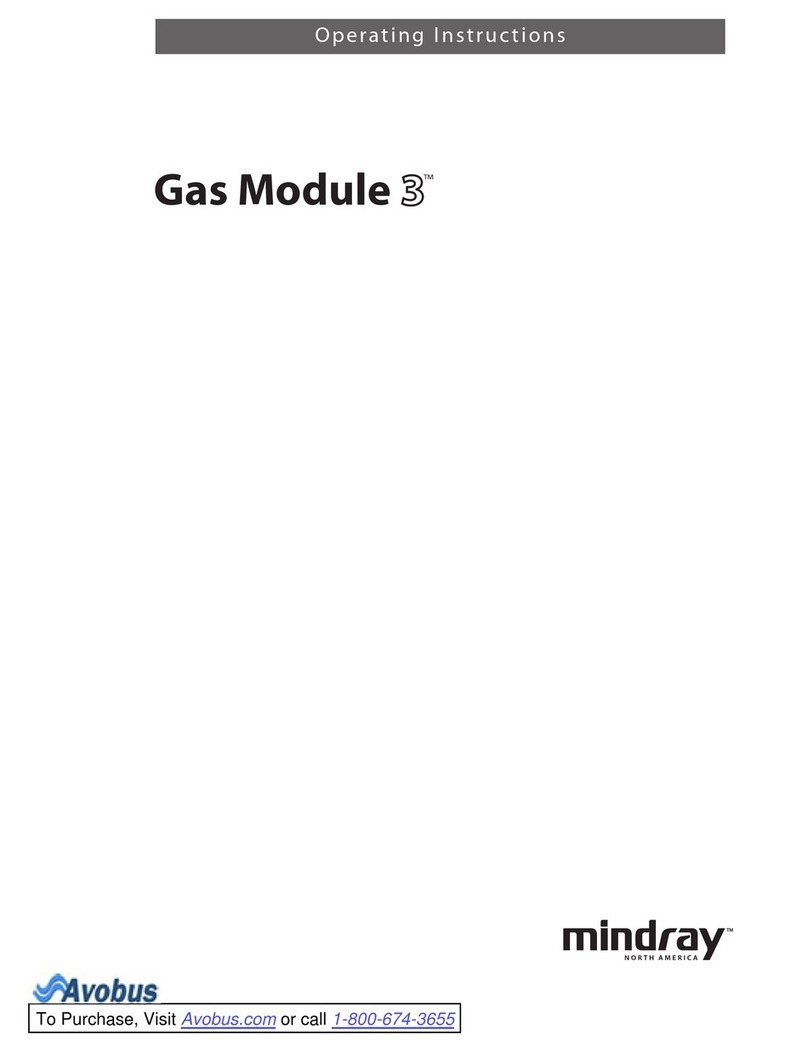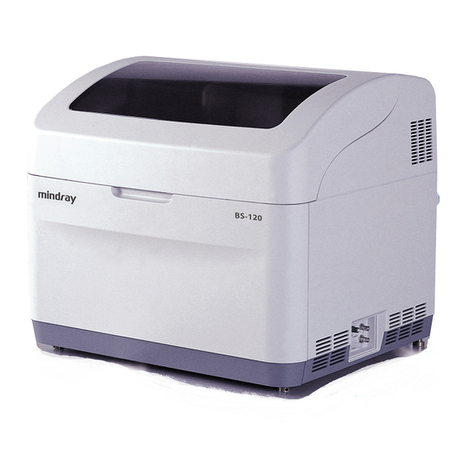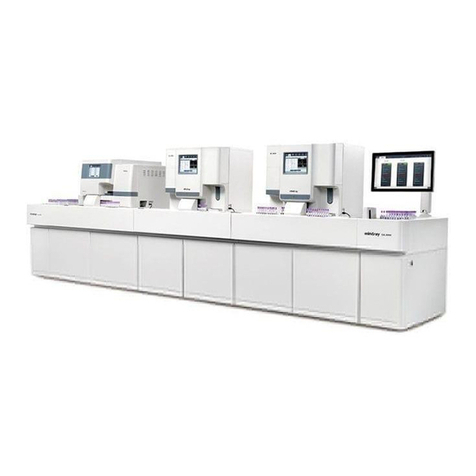
4
7.5 Rear Housing Assembly ............................................................................................................................ 7-6
7.5.1 Exploded View................................................................................................................................. 7-6
7.5.2 Parts List............................................................................................................................................. 7-6
7.6 Main Bracket Assembly ............................................................................................................................. 7-8
7.6.1 Exploded View................................................................................................................................. 7-8
7.6.2 Parts List............................................................................................................................................. 7-8
7.7 Power Management Board Assembly ................................................................................................. 7-9
7.7.1 Exploded View................................................................................................................................. 7-9
7.7.2 Parts List............................................................................................................................................. 7-9
7.8 Parameter Connector Panel Assembly..............................................................................................7-10
7.8.1 Exploded View...............................................................................................................................7-10
7.8.2 Parts List...........................................................................................................................................7-10
7.9 Predictive Temp Assembly .....................................................................................................................7-11
7.9.1 Exploded View...............................................................................................................................7-11
7.9.2 Parts List...........................................................................................................................................7-11
7.10 THJ79JU Infrared Ear Thermometer Assembly ............................................................................7-13
7.10.1 Exploded View ............................................................................................................................7-13
7.10.2 Parts List ........................................................................................................................................7-13
GeniusTM 2 Tympanic Thermometer or Exergen TemporalScanner Thermometer Assembly
.................................................................................................................................................................................7-15
7.11.........................................................................................................................................................................7-15
Exploded View.......................................................................................................................................7-15
7.11.1 ...........................................................................................................................................................7-15
Parts List...................................................................................................................................................7-15
7.11.2 ...........................................................................................................................................................7-15
7.12 Exergen frame Assembly......................................................................................................................7-16
7.12.1 Exploded View ............................................................................................................................7-16
7.12.2 Parts List ........................................................................................................................................7-17
8 Hardware and Software Upgrade ........................................................................................ 8-1
8.1 Hardware Upgrade...................................................................................................................................... 8-1
8.1.1 Upgrade Package ........................................................................................................................... 8-1
8.1.2 Upgrading Parameter Modules ................................................................................................ 8-2
8.1.3 Upgrading NIBP .............................................................................................................................. 8-3
8.1.4 Upgrading Temp............................................................................................................................. 8-3
8.1.5 Enabling Parameter Functions.................................................................................................. 8-3
8.1.6 Upgrading Wireless Network Function .................................................................................. 8-3
8.1.7 Upgrading Touchscreen .............................................................................................................. 8-4
8.1.8 Upgrading Recorder Function................................................................................................... 8-4
8.1.9 Upgrading Nurse Call Function and DIAP Protocol Port ................................................. 8-5
8.2 Software Upgrade ....................................................................................................................................... 8-5
8.2.1 Installing Mindray Patient Monitor Software Upgrade Tool .......................................... 8-6
8.2.2 Software Upgrade Procedure.................................................................................................... 8-8
8.2.3 Upgrading the Scoring................................................................................................................. 8-9

